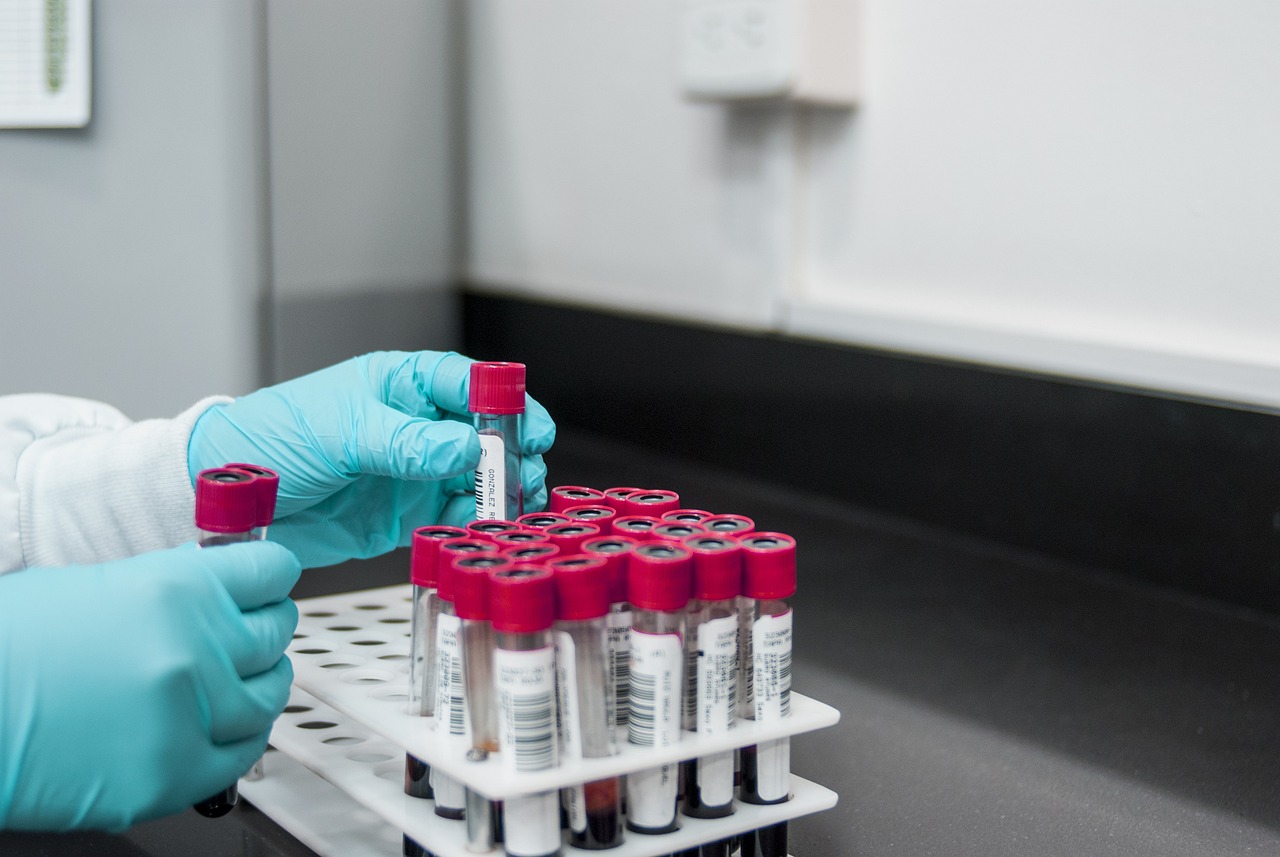Researchers at DZNE have demonstrated that blood testing can identify the two most frequent types of frontotemporal dementia (FTD) and the neurological conditions progressive supranuclear palsy (PSP) and amyotrophic lateral sclerosis (ALS). The study involved 991 participants. Although their method isn’t now suitable for everyday medical applications, in the long run, it may speed up the creation of new treatments and make illness identification easier.
Their findings were published in the journal Nature Medicine.
A range of neurodegenerative disorders, including ALS, PSP, and FTD, have common symptoms. These include behavioural abnormalities, paralysis and muscle wasting, mobility impairment, dementia, and other severe impairments. Up to 60,000 individuals in Germany are thought to be afflicted by one of these illnesses. Despite their relative rarity, they have very negative effects on health.
As yet, there is no cure for any of these diseases. And, with current methods, it is not possible to reach a conclusive diagnosis of the molecular pathology of these diseases during a patient’s lifetime, since brain tissue must be examined,
However, a diagnosis of the underlying pathology is required for the development of therapies and for stratifying patients according to their disease. Only such stratification allows targeted and therefore potentially effective disease-modifying treatments to be tested,
We now show that PSP, behavioral variant of FTD and the vast majority of ALS cases with the exception of a particular mutation can be recognised by blood testing and this also applies to their underlying pathology. Our study is the first to find pathology specific biomarkers. Initially, application is likely to be in research and therapy development. But in the long term, I consider it realistic that these biomarkers will also be used for diagnosis in medical routine. However, further studies are required for this. In fact, it would be particularly important to determine how these biomarkers develop longitudinally, that is, over the course of a disease, and how early they rise in the disease course.
Prof. Anja Schneider
Based on the detection of so-called tau and TDP-43 proteins, the new blood test may offer clear diagnostic proof. The “behavioural variant of FTD,” which was studied here, is very important. This is owing to the fact that the symptoms of the most prevalent variety of FTD might be caused by two distinct diseases, or aberrant brain processes, which are often only distinguishable by post-mortem tissue analysis. DNA analysis can offer confidence during a patient’s lifetime, but only in those few circumstances where the condition is inherited. Even in the absence of a mutation, an accurate diagnosis may now be made throughout a patient’s lifetime thanks to the blood test.
It is well known that tau and TDP-43 proteins play key roles in FTD, ALS and PSP, as they form abnormal aggregates in the brain in these diseases. The events differ between the diseases, however. Our investigations suggest that blood levels of the proteins reflect these disease processes,
We have found that the combination of both markers is required for the diagnosis of behavioural FTD, respectively its subtypes, whereas TDP-43 is sufficient for ALS and the tau protein for PSP. However, for the tau marker, we are actually looking at two specific variants, so called isoforms, of the tau protein.
Prof. Anja Schneider
Because the proteins are not assessed directly in the blood plasma, the approach uses a unique twist. These assessments proved to be unreliable, particularly because tau proteins that are free-floating in blood are often broken apart. Rather, the amounts of TDP-43 proteins and two types of tau proteins that are located inside so-called vesicles were measured by Schneider and colleagues. These are microscopic lipid bubbles that are released by bodily cells and have the potential to reach circulation. The blood samples were centrifuged as part of a multi-stage preparation process that allowed the researchers to extract the proteins found in vesicles.
The findings are based on information and blood samples from 991 adult study collectives in Germany and Spain. They either had FTD, ALS, PSP, or they were in a control group that included healthy people. The results were thoroughly confirmed in this setting with separate volunteer groups. This concerned the so-called DESCRIBE cohorts, on the one hand: In the context of these research projects, DZNE is gathering biosamples and data from individuals suffering from neurodegenerative disorders in collaboration with other university hospitals in Germany. There were about seven hundred patients in this group. With more than 200 participants, the “Sant Pau” cohort from Spain joined the experiment. The Hospital de la Santa Creu manages it i Sant Pau in Barcelona.
Also, Read| Scientists discovered infectious H5N1 Influenza Virus in raw milk rapidly declines with heat treatment
With these relatively rare diseases, you have to work across sites and institutes in order to be able to include as many study participants as possible and thus reach statistically robust results,
Such undertakings are an integral part of the strategy of DZNE, for which we have established structures and procedures over the years. This is complex to do, but it pays off. Our study is a good example of collaboration in medical research – within Germany and beyond.
Prof. Anja Schneider
Source: German Center for Neurodegenerative Diseases News
Journal Reference: Chatterjee, Madhurima, et al. “Plasma Extracellular Vesicle Tau and TDP-43 As Diagnostic Biomarkers in FTD and ALS.” Nature Medicine, 2024, pp. 1-13, https://doi.org/10.1038/s41591-024-02937-4.
Last Update:




